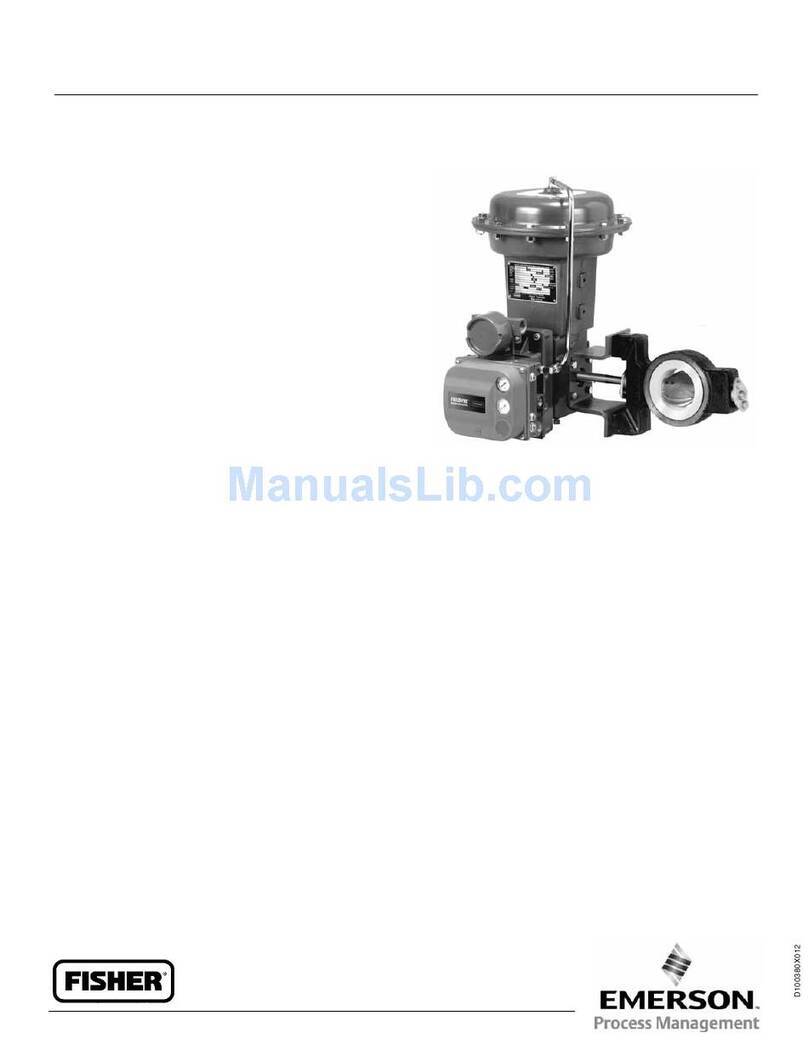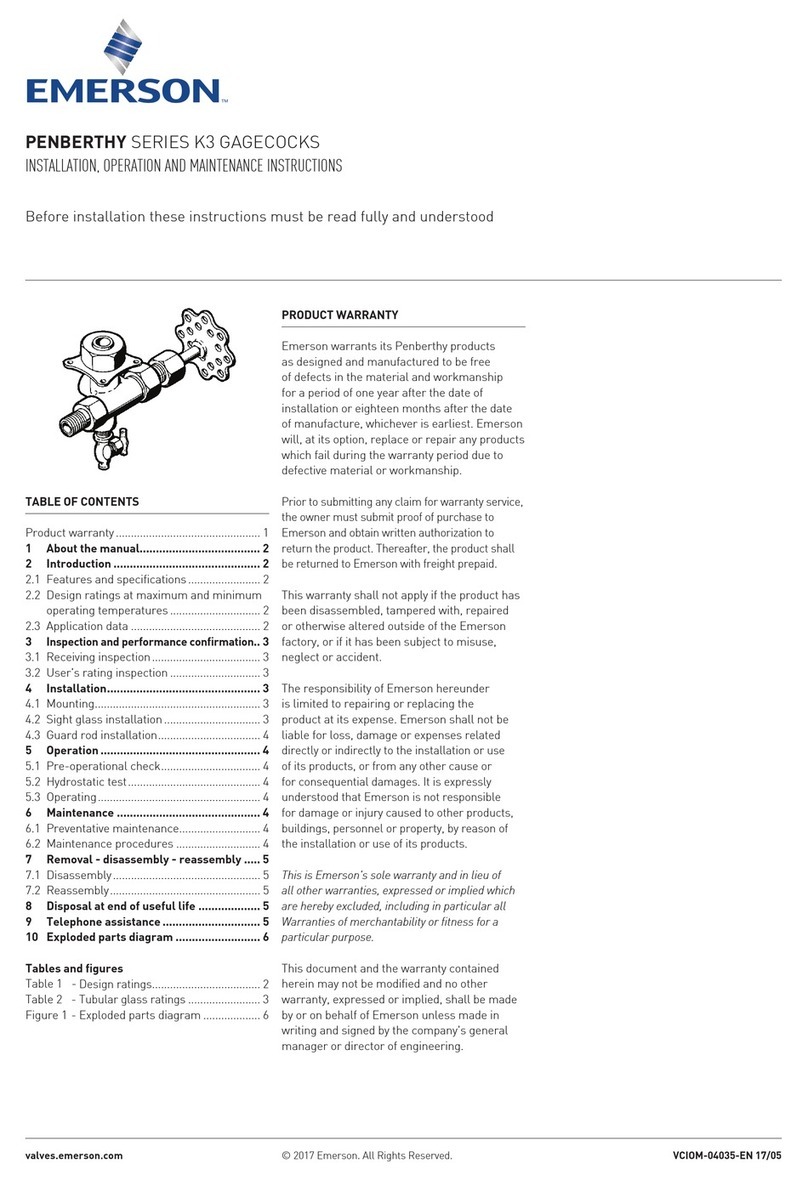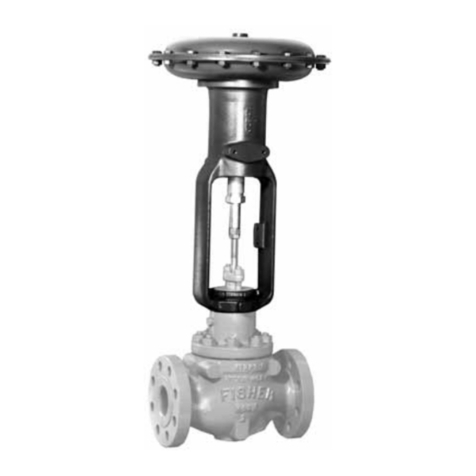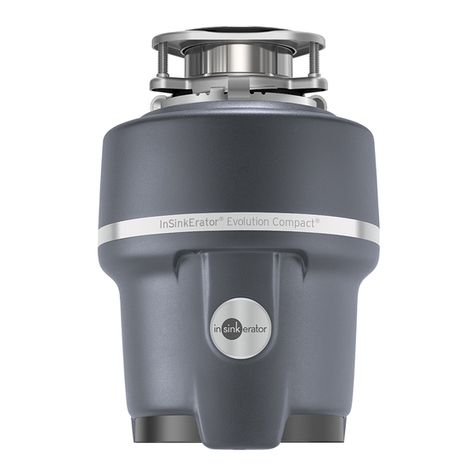
All pressure equipment should be
installed in a non-seismic area;
should not be exposed to fire; and
should be protected from thunderbolt
(lightning) strikes.
1. Before installing trap, blow steam through
equipment and piping to remove scale, pipe
threading chips and other dirt.
2. Ensure that the trap is suitable for maximum
steam pressure to which it will be subjected.
Note
Emerson Thermostatic Steam Traps
do not require change of parts for
different pressures.
3. Check arrows on trap body or cover to ensure that
flow direction is correct.
4. Locate trap accessibly and if possible, below drain
outlet for rapid testing and cleaning.
5. Use a separate trap for each unit, coil, surface,
chest, etc.
6. Provide uninsulated condensate reservoir and
cooling leg between outlet of equipment and trap
inlet. See Figure 2.
7. Include unions in inlet and outlet piping if trap will
be removed from installed location for cleaning
and maintenance.
8. Install an Emerson strainer, a dirt pocket or both,
close to trap inlet. See Figures 3, 4 and 5.
9. Include gate valves in inlet and outlet piping so
that other plant operations can continue while
trap is being cleaned, serviced or maintaned. See
Figure 7.
10. Install a check valve close to the trap outlet,
if discharging to a common return main, and
whenever condensate must be lifted after passing
through the trap. See Figure 6.
11. Provide an Emerson STV three-way test valve that
discharges into return mains in piping close to trap
outlet for quick testing. See Figure 7.
12. Provide a water seal at the bottom of the riser
if trap is located above an equipment drain and
whenever condensate is lifted to the trap. See
Figure 8.
13. For piping conditions in step 12, for siphon-
drained equipment and for tilting jacketed kettle,
specify Emerson traps with “steam lock release
valves” (SLR).
14. Ensure that freeze-proof traps are installed on
outdoor applications. Spence Types A, C, CS
and N125 traps are freeze-proof. Types N450,
UMT450, N650, AHV and TA traps are freeze-
proof when piped vertically with outlet down (see
step 22).
15. Provide condensate-collecting pockets for
traps draining steam mains, headers, risers
and branches.
16. Ensure that return main is large enough to handle
the condensate from all traps discharging into it,
without causing excessive back pressure.
17. Always discharge high and low pressure traps into
separate return mains.
18. Do not insulate the trap or the piping and fittings
between equipment outlet and trap inlet unless
absolutely essential.
19. Do not use piping, nipples and fittings smaller than
trap connection size.
20. If possible, do not install trap with a long
horizontal run of piping between equipment outlet
and trap inlet. If such a hook-up is necessary,
specify Emerson Traps with “steam lock release
valves” (SLR).
21. Do not include a by-pass around trap unless
equipment drained must be kept in operation while
trap is being cleaned or serviced.
22. Do not jeopardize the advantage of a freeze-
proof trap by lifting the condensate or by the use
of horizontal piping from the trap outlet without
considerable pitch in the direction of flow or by
piping the trap in any way which will prevent fast
gravity drainage when steam is turned off.
3
N650 Series






























